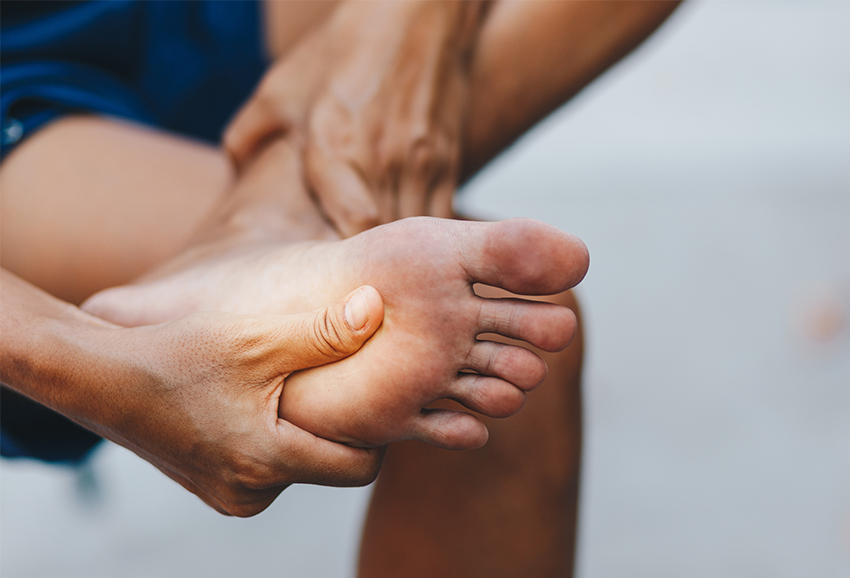Swollen Legs and Ankles: When to Visit the Doctor
If you’ve begun to notice an abnormal amount of swelling in your legs and ankles, you may want to schedule an appointment with your primary care physician. Swollen legs and ankles along with red blotchy skin can occur for a variety of reasons, but several may require examination and treatment.
If you have swollen legs and ankles, especially if you frequently work on your feet all day, it could be a sign of what’s called edema. Edema is a condition in which fluid builds up in certain tissues of the body, most commonly in the hands, arms, ankles, legs and feet in what’s known as peripheral edema. According to the National Institute of Health, signs of edema include:
- Swelling in your lower extremities, feet, ankles, and legs
- Swelling in your upper extremities, hands and arms
- Swelling in your face or abdomen
- Skin that is puffy, shiny, or looks slightly dented after being pressed
- Shortness of breath, a cough, or irregular heartbeat
- Clothing and jewelry feels tightened
Edema itself can be attributable to a variety of causes. Some more serious than others. It’s important to see a doctor and check what is causing it to make sure it gets treated correctly.
Edema can be caused by:
- Temporary water retention issues that should take care of itself
- A symptom of a more serious disease that requires treatment
- An obstruction or blockage in the veins, such as from a tumor or deep vein thrombosis.
- A problem with the valves in the veins.
- A muscle pump failure due to inactivity, neuromuscular disease, aging, arthritis, or sedentary lifestyle, such as being on your feet for long periods of time.
- Adverse effects of medication or an allergic reaction
Make an appointment with your healthcare provider right away if you begin to notice swelling stretched or shiny red skin and pain. Helping your doctor answer questions about your medical and life history can help them make an accurate diagnosis.
Factors that can play a role in affecting your circulation can include diabetes, liver or kidney disease, high blood pressure, obesity, multiple pregnancies, heart disease and more. Even work/living conditions can play a role, whether it be standing or sitting all day. Call 911 immediately if you experience
- Shortness of breath
- Difficulty breathing
- Chest pain
Steps to Prevent Swollen Legs and Ankles
If you do experience symptoms of edema, make an appointment with your primary care physician before attempting any treatment. Your doctor may make the following recommendations:
Get more comfortable
Wearing more loose-fitting clothing and shoes can help ease swelling. Additionally, try to avoid being in the same position all day, in other words, don’t be on your feet all day and don’t sit all day. When laying down, elevate your feet with a pillow.
Light exercise
Your doctor may also recommend light exercise to help improve your leg circulation. This can include walking, stretching or bicycling. However, you may not be advised to walk or stand too much.
Limit salt
Avoiding salty and high-fat foods such as bacon, chips or french fries can help lower your risk of high blood pressure.
Support stockings
Support stockings help to support your veins and muscles in the lower legs, thus assisting with your lower leg circulation. You should put the stockings on first thing in the morning before your legs start to swell.
For more information about swollen legs and ankle treatment, make an appointment with your primary care physician. Call 1 (833) VLLYWSE to make an appointment today.
Sources:
1. https://www.ncbi.nlm.nih.gov/books/NBK279409/






